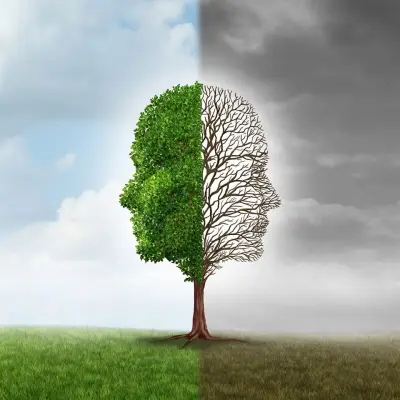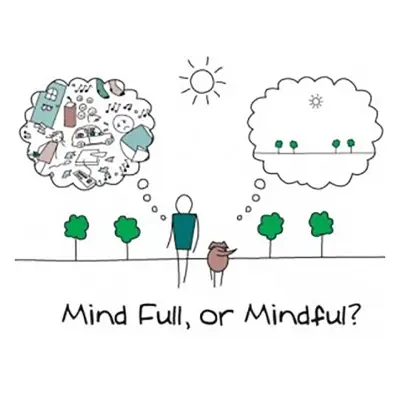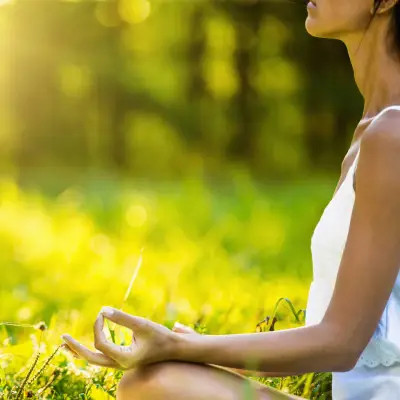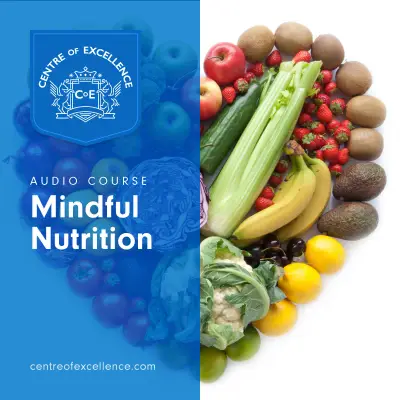The teachings of Taoism have captivated individuals for thousands of years. Emerging from ancient China, Taoism's wisdom touches on everything from living in harmony with nature to accepting what is beyond our control. In this article, we explore this ancient practice from its core beliefs and principles to its practical applications in everyday life.
Jump to:
Foundational Principles of Taoism
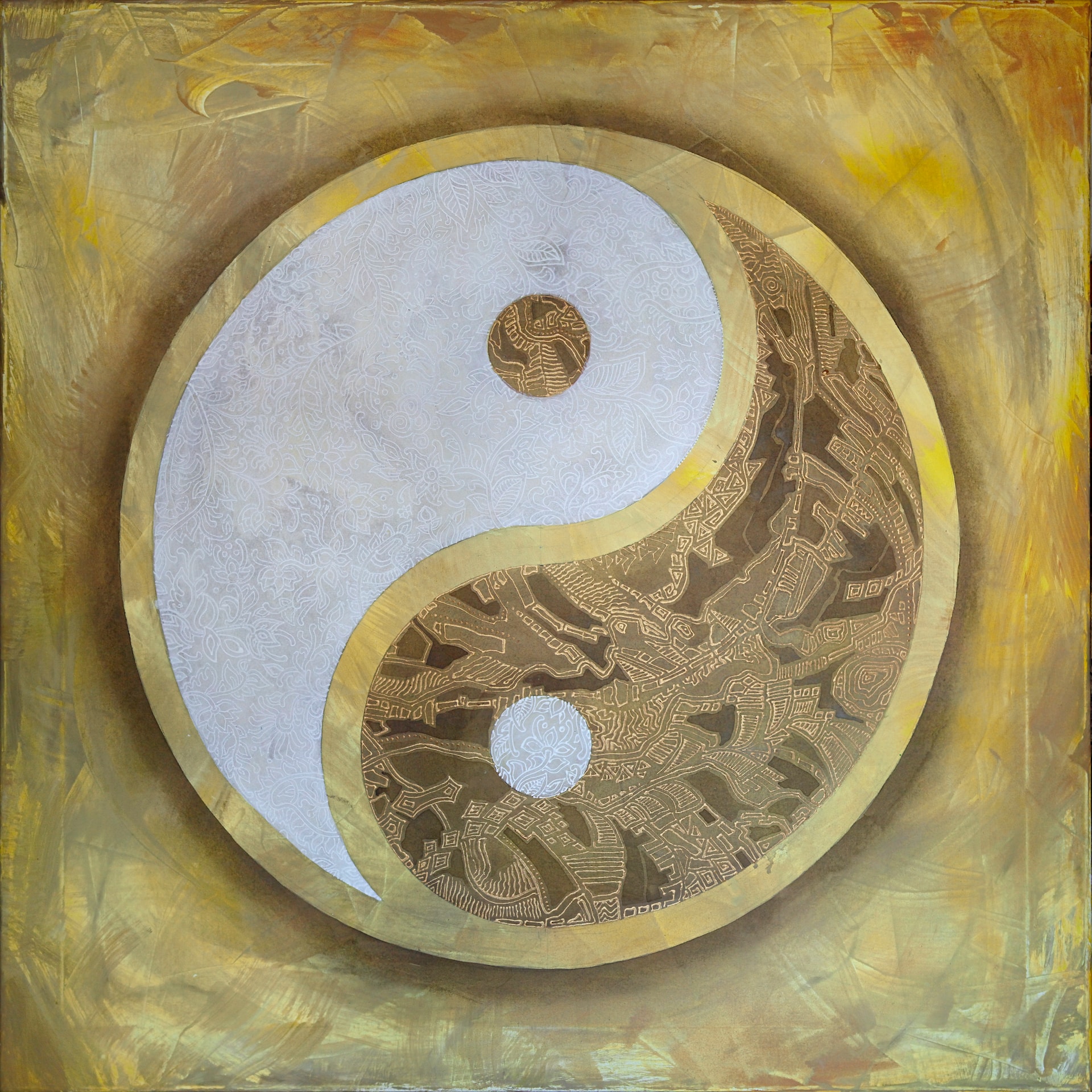
Taoism is more of an ancient philosophy than a religion, with roots in ancient China. It’s built upon a set of foundational principles that light the path toward harmony, balance, and understanding within the natural order of the universe.
Yin and Yang
The widely familiar concept of Yin and Yang (symbols of the dual nature of existence) is central to Taoism. Yin represents darkness and Yang symbolises light - and together form a dynamic balance that represents the interconnectedness of all things in life.
Tao (The way)
The Tao, is the cosmic force that underlies and unites the entire universe. It is the essence that flows through all things and guides the natural events that unfold on Earth. Taoist philosophy encourages individuals to align themselves with the Tao, flowing with the natural current of the river of life.
Wu Wei (Non-action)
Wu Wei can be translated as “non-action” or “effortless action”. It encourages individuals to act in harmony with the natural flow of the Tao, with a priority on acting spontaneously and responding intuitively, rather than forced or unnatural actions. It’s essentially about learning to act without attachment, so that events can unfold naturally.
There are also the Three Purities (the Three Treasures or Three Jewels), which are fundamental concepts in Taoism representing the highest virtues and qualities.
- Purity of Essence (Sanqing) - This purity is associated with the highest level of reality, and is often represented as the Tao itself. It transcends form and is considered the purest state of existence.
- Purity of Vitality (Shangqing)- This purity is linked to the celestial realm and represents the spiritual vitality that flows from the Tao. It is associated with the forces that guide and sustain life.
- Purity of Reality (Taiqing) - This purity is connected to the earthly or human realm. It involves the practical application of Taoist principles in daily life and represents the realisation of the Tao within the human experience.
Recommended for you!
Best SellersBeliefs in Taoism
Nature and harmony
Taoists value simplicity and getting back to basics. It’s not just admiring nature - they aim to make it an integral part of their lives and having a solid connection with nature is the foundation of ancient philosophy. It views nature as an interconnected web that reflects the core principles of the Tao (The Way) and is seen as a living expression of it, with all of its natural cycles and rhythms. In their contemplation and practice, Taoists aim to align themselves with these natural patterns, for example through forest bathing. The idea is that by understanding nature and living in harmony with it, you also align yourself with the essence of the Tao.
Immortality and reincarnation
Rather than seeing life as a straight line from birth to death, Taoism sees it as a repeating cycle, like the seasons. The goal isn’t the traditional form of immortality, but more so continuing to exist in a state of harmony with the Tao. There are lots of practices aimed at achieving this, from taking special elixirs to doing breathwork, meditation, and movement exercises like Tai Chi. The idea is to get past the limitations of your physical body and become aligned with the eternal flow of the Tao. Reincarnation fits into this as part of the natural cycles - Taoists see life, death, and rebirth as an interconnected process of spiritual growth, with each new life being an opportunity to refine yourself further.
Taoist Practices
Meditation is one of the main practices in Taoism. The techniques are focused on calming the mind, concentrating on the breath, and sitting in a state of mindfulness. It differs slightly from traditional meditation practices and its goal is not simply relaxation, but it’s more about self-discovery and connecting with the underlying principles of the Tao.
You may have heard of Tai Chi and Qi Gong - both of these practices help bring Tao philosophy into physical expression. They focus on balancing the flow of Qi, the vital energy within the body with deliberate slow movements that bring the individual into a state of mindfulness. Both Tai Chi and Qi Gong can help reduce stress and stimulate the mind, making it sharper and focused.
Taoism also has rituals and festivals. These ceremonies reinforce the idea that everything is interconnected and revolve around honouring deities and ancestors and mark transitional moments in nature's yearly journey, such as the changing of the seasons, solar terms, and harvest times. For example, Chinese New Year corresponds with the start of spring and the awakening of new growth in nature and the Duanwu Festival marks the summer solstice and the longest day of light.
Taoism Vs Buddhism
There is some crossover between the two religions, but they also each offer their own perspective on the meaning of life. Taoism is all about living in sync with the natural order of things, following the Tao (the way). It’s about keeping things simple and going with the flow of life, acknowledging life’s ups and downs but being accepting of them. There’s also an emphasis on enjoying the here and now.
Buddhism focuses on the Four Noble Truths and the Eightfold Path. The Four Noble Truths is a method for reaching the end of suffering. It sees suffering as part of life and believes in reaching Nirvana, the end of suffering, through enlightenment. The Four Noble Truths are: Suffering, Cause of Suffering, End of Suffering, and the path leading to the end of suffering. Within the fourth Noble Truth, The Eightfold Path can be found. It involves ethical living, mental discipline, and wisdom to overcome suffering. This is a practical guide and approach to living, which consists of the following: Right View, Right Resolve, Right Speech, Right Conduct, Right Livelihood, Right Effort, Right Mindfulness, and Right Concentration.
If you’re intrigued by this introduction to Taoism and its principles, we’d recommend enrolling in our comprehensive Taoism Diploma Course for just £29 (save £118!). Within this course, you’ll discover the secrets of Taoist philosophy and rituals that guide practitioners toward inner harmony and outer alignment with the universal Tao. Enrol today for an enlightening education in the art of living in accord with the rhythms of nature and the natural way of things!


